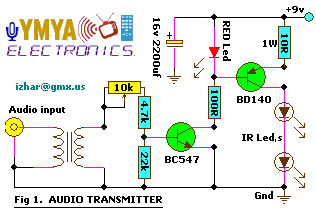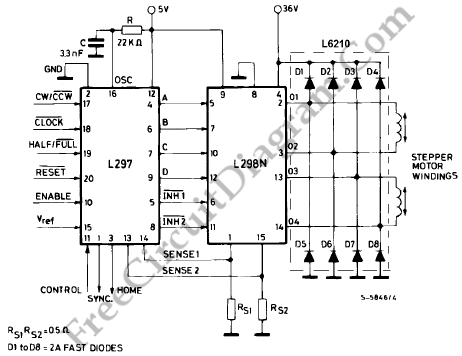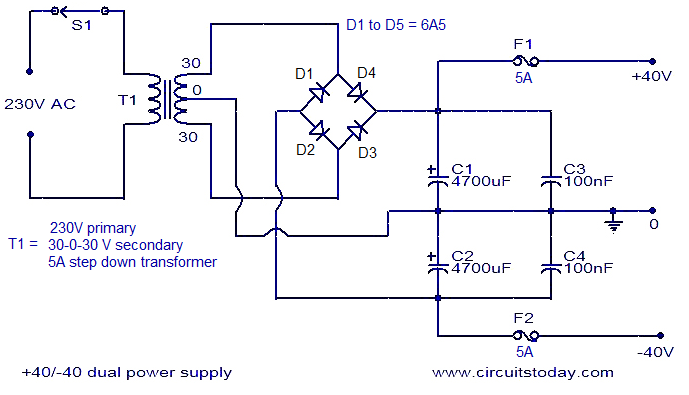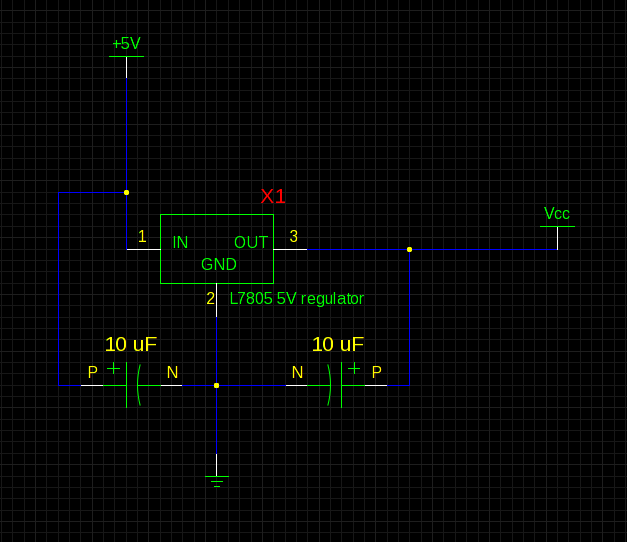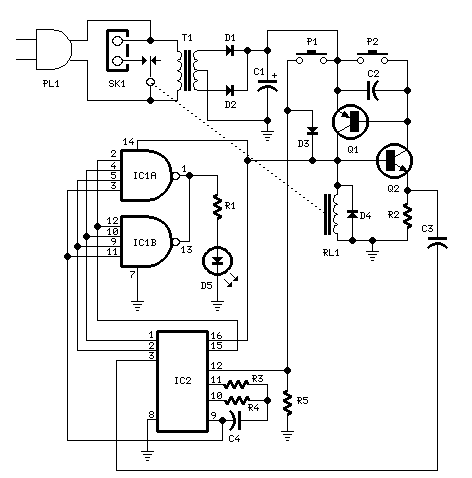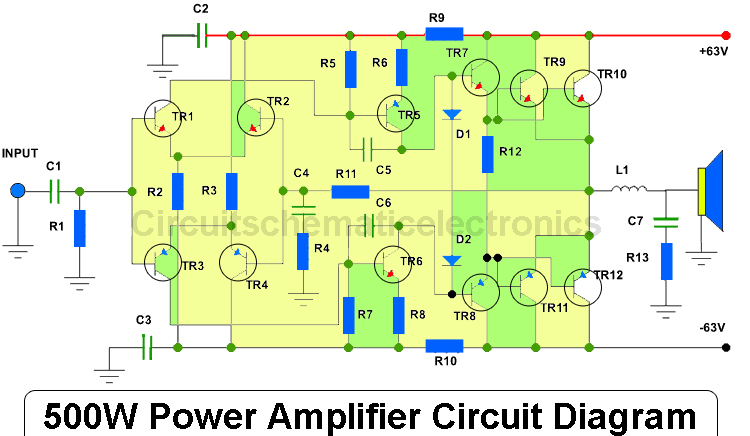
SCC2 10 Amp Solar Charge Controller
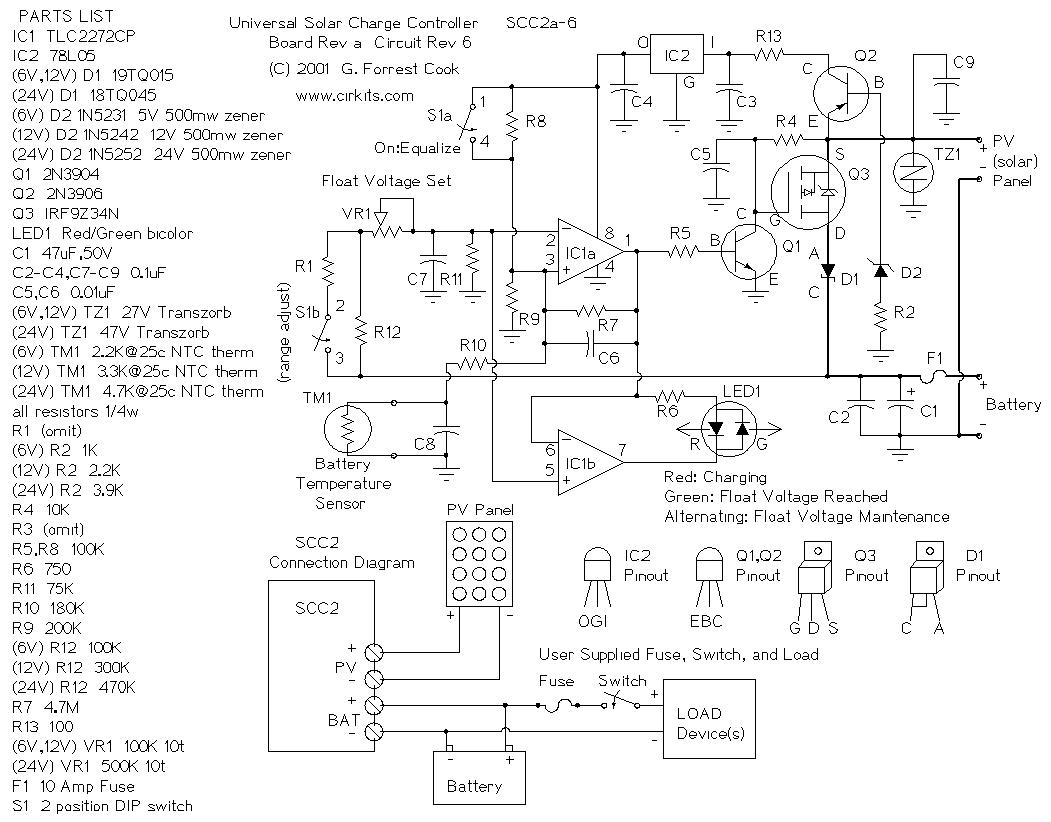
The SCC2 is a solar charge controller designed to manage the power transfer from a photovoltaic panel to a rechargeable battery. It includes a straightforward setup process utilizing a single potentiometer for adjusting the float voltage, an equalization function for periodic overcharging, and automatic temperature compensation to enhance charging efficiency across varying temperature conditions.
The SCC2 solar charge controller serves as a critical component in solar energy systems, ensuring optimal battery performance and longevity. The device regulates the voltage and current coming from solar panels to prevent overcharging, which can damage batteries. The use of a potentiometer for float voltage adjustment allows users to customize the charge settings based on the specific battery type and its requirements.
The equalization function is particularly beneficial for lead-acid batteries, as it helps to balance the charge across the individual cells, thus extending battery life. This function periodically applies a higher voltage to the battery, ensuring that all cells reach the same state of charge, which is essential for maintaining battery health.
Automatic temperature compensation is another key feature of the SCC2. It adjusts the charging voltage based on the ambient temperature, which is crucial because battery charging characteristics can vary significantly with temperature changes. This feature ensures that the battery is charged optimally, regardless of environmental conditions, thereby improving overall system efficiency and safety.
In terms of circuit design, the SCC2 typically incorporates several key components, including a microcontroller for managing the charging algorithms, power MOSFETs for switching, and various sensing elements to monitor voltage, current, and temperature. The design may also include indicators, such as LED lights, to provide visual feedback on the charging status and system performance.
Overall, the SCC2 solar charge controller is an essential device for anyone looking to implement a reliable and efficient solar power system, providing both user-friendly operation and advanced features to enhance battery management.The SCC2 is a solar charge controller, its function is to regulate the power flowing from a photovoltaic panel into a rechargeable battery. It features easy setup with one potentiometer for the float voltage adjustment, an equalize function for periodic overcharging, and automatic temperature compensation for better charging over a range of temperatures.
T.. 🔗 External reference
The SCC2 solar charge controller serves as a critical component in solar energy systems, ensuring optimal battery performance and longevity. The device regulates the voltage and current coming from solar panels to prevent overcharging, which can damage batteries. The use of a potentiometer for float voltage adjustment allows users to customize the charge settings based on the specific battery type and its requirements.
The equalization function is particularly beneficial for lead-acid batteries, as it helps to balance the charge across the individual cells, thus extending battery life. This function periodically applies a higher voltage to the battery, ensuring that all cells reach the same state of charge, which is essential for maintaining battery health.
Automatic temperature compensation is another key feature of the SCC2. It adjusts the charging voltage based on the ambient temperature, which is crucial because battery charging characteristics can vary significantly with temperature changes. This feature ensures that the battery is charged optimally, regardless of environmental conditions, thereby improving overall system efficiency and safety.
In terms of circuit design, the SCC2 typically incorporates several key components, including a microcontroller for managing the charging algorithms, power MOSFETs for switching, and various sensing elements to monitor voltage, current, and temperature. The design may also include indicators, such as LED lights, to provide visual feedback on the charging status and system performance.
Overall, the SCC2 solar charge controller is an essential device for anyone looking to implement a reliable and efficient solar power system, providing both user-friendly operation and advanced features to enhance battery management.The SCC2 is a solar charge controller, its function is to regulate the power flowing from a photovoltaic panel into a rechargeable battery. It features easy setup with one potentiometer for the float voltage adjustment, an equalize function for periodic overcharging, and automatic temperature compensation for better charging over a range of temperatures.
T.. 🔗 External reference
